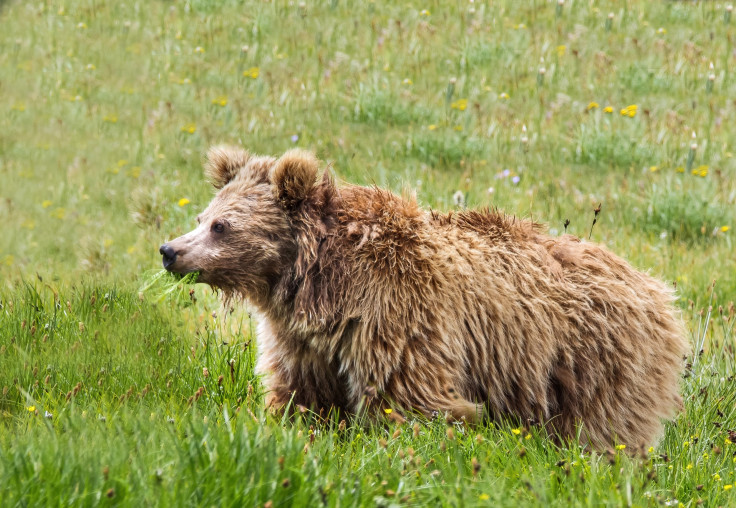Yeti, The Abominable Snowman, Was Actually Just An Asiatic Or Himalayan Bear
Bigfoot. Sasquatch. Yeti. Depending on where you go in the world, stories involving monstrous human or ape-like creatures living in the wilderness exist everywhere. And the Yeti, or the abominable snowman, go back a long way in Tibetan and Nepalese folklore in the Himalayas.
Myths of its origin and stories of sightings of the Yeti go back several centuries, and spotting of footprints is reported from time to time. And there have even been samples collected from the legendary creature’s skin, bones, teeth, hair, and feces. Scientific analysis of these samples, collected in the Himalayas and the Tibetan Plateau, however, found that every single one of them came from an animal already well-known to science and humans.

A paper published Wednesday in the journal Proceedings of the Royal Society B reported on the findings of the DNA analysis of nine so-called Yeti specimens. Of the nine, one belonged to a dog, and the other eight to one of three bear species — Asian black bear, Himalayan brown bear or Tibetan brown bear.
This is not the first time that genetic analysis of such samples has been carried out, but none of the previous tests were as rigorous, according to Charlotte Lindqvist of University at Buffalo, the State University of New York, who was the lead scientist on the new analysis.
“This study represents the most rigorous analysis to date of samples suspected to derive from anomalous or mythical ‘hominid’-like creatures,” the researchers wrote in the paper.

The samples investigated by Lindqvist and her fellow researchers — who, other than her university, came from France, Norway, and Pakistan — included a skin sample from a paw, saved as a relic in a monastery and found to come from an Asian black bear, and a femur bone fragment in a cave on the Tibetan Plateau which was confirmed to belong to a Tibetan brown bear.
Lindqvist, who also teaches at Nanyang Technological University, Singapore, said in a statement Tuesday: “Our findings strongly suggest that the biological underpinnings of the Yeti legend can be found in local bears, and our study demonstrates that genetics should be able to unravel other, similar mysteries.”
The research also shed light on how Asian bears evolved, and found that the Himalayan brown bears diverged early in their evolutionary history from other brown bears. The Asiatic brown bear, on the other hand, has a close common ancestry with its kin in America and Eurasia. The Himalayan brown bear split off from its cousins 650,000 years ago, during a time when glaciers were expanding. That, combined with the mountainous landscape, could have isolated this species from the others, leading it down a separate evolutionary path.

“Further genetic research on these rare and elusive animals may help illuminate the environmental history of the region, as well as bear evolutionary history worldwide — and additional ‘Yeti’ samples could contribute to this work,” Lindqvist said.
The samples were given to the researchers by Icon Films, a British production company that had included Lindqvist in the 2016 Animal Planet special feature on Yetis. The research paper is titled “Evolutionary history of enigmatic bears in the Tibetan Plateau-Himalaya Region and the identity of the Yeti.”
Earlier studies have shown that other similar mythical creatures — whose study is called cryptozoology — don't really exist. For instance, the legend of an “African unicorn” that was long-known in the West in the early 20th century was eventually found to be an okapi, an elusive herbivorous animal from central Africa that looks something like a mix between a giraffe and a zebra.
© Copyright IBTimes 2024. All rights reserved.











